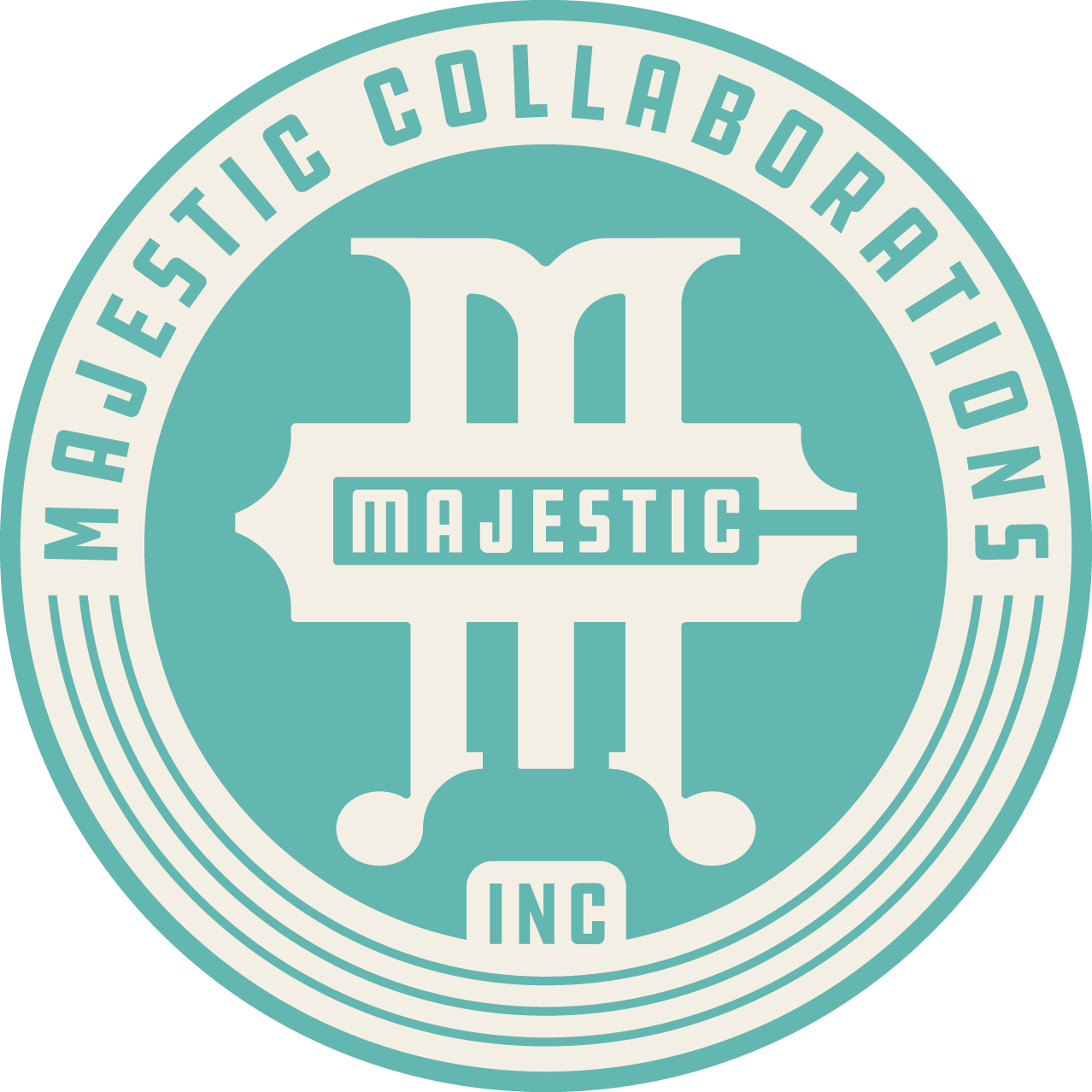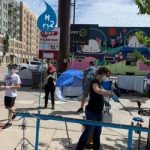Amplify Music 2020 – Resilience and Community Ecosystems
Majestic Collaboration’s co-founders Matthew Ché Kowal and Molly North recently hosted the panel “What is Resilience?” as a part of the incredible Amplify Music Digital Conference. Amy Schwartzman, independent consultant, and Mollie Quinlin Hayes, deputy director of South Arts joined the discussion.
Thank you so much to Dr. Gigi Johnson of UCLA and Storm Gloor of CU Denver for the opportunity to host a panel and share with such a diverse and far-reaching audience!
Kowal brings his expansive work in emergency preparedness to the table. He’s worked as Emergency Preparedness Consultant as part of a grant funded by the Mellon Foundation for both Denver Arts & Venues and for the Art of Mass Gatherings Symposium where “the participation of event producers, preservation professionals, police/fire/paramedics, parks, planners, people of color, presenters and performers is paramount to the potency of preparedness.”
Molly North brings the point of view of a transportation engineer to this panel. She’s done a lot of resilience work through the frame of helping people move around with the understanding that transportation is one of the main elements of created space in a community. Directly related to this work is community resilience, and some of her newer enterprises focus on how artists can be an essential part of community resilience.
Amy Schwartzman is known for her many years of dedication to the arts. After 9/11, she created a guidebook for relief management, the Cultural Placekeeping Guide. Since 2001, she has worked as a consultant in this area for National Coalition for Arts’s Preparedness and Emergency Response, Performing Arts Readiness, FEMA, and others.
Mollie Quinlin Hayes is a freelance arts administrator for South Arts. She also directs ArtsReady, an organization that helps arts organizations to prepare for any type of crisis. She attests that preparedness and planning are part of a continuum, and that both are essential to the evolution of resilience and preparedness.
Schwartzman defined resilience by calling upon the image of a tai chi artist. Experts in tai chi know how to recover from blows with balance and flexibility. These artists know how to ground themselves, how to take what they’re given, and how to incorporate it, flow with it, and recover from it. In relation to resilience in arts and arts organizations, this needs to happen on an individual level, an organizational level, a social level, and a societal level.
Quinlin Hayes emphasizes “all hazards planning:” the necessity of having a plan for what to do no matter what crisis hits us. Right now, we are in the middle of an unprecedented crisis and we don’t know when it will end. The reality of this is scary, but there are things we can do to alleviate the fear if we incorporate all hazards planning.
Next, Kowal and North pose the questions: How can artists be active participants and respond to emergencies? How are creative communities effected differently?
People jump in usually and want to help, Schwartzman believes. The current challenge is that we are in a virtual world now. Many people don’t know how to access this world, or how to monetize it. Artists should know that they aren’t in this alone. There are government relief programs. They should register for the programs. Quinlin Hayes highlights that part of being resilient is being relevant. Artists and creatives need to think: How do I work in new and different ways? How do I connect?
Kowal begins wrapping up the conversation by looking forward: “We are all building muscles to think about how artists can develop community response.” He emphasizes the importance of posing enduring questions – questions that make us think creatively and have more than one answer. Now, we need to think: How can disaster and emergency response bend towards more creative solutions? How can creatives become disasters thinkers and doers?
Quinlin Hayes and Schwartzman agree that artists really need to be involved in creating plans. One way to do this is to complete the COVID-19 Impact Survey for Artists and Creative Workers. The results will be taken to the government so that they can assess and implement the changes that need to happen.
In addition, studies are currently being done on the impact on self-isolation on mental health. One particular study is at University College of London. It’s a survey that analyzes the impact of music and other arts on the ability to be resilient. We can build a better world for everyone by creating and supporting our communities and sharing information with one another.
In saying goodbye, Kowal reminds listeners that Performing Arts Readiness has many grants for artists and arts organizations to take advantage of. Artists really need to heed the call and become resilience workers as well.
Below are relevant links to topics mentioned in the panel on “What is Resilience?”
Music Covid Relief
Covid-19 Impact Survey for Artists and Creative Workers
Covid-19 Impact Survey for Arts Organizations (Profit, Nonprofit and Government)
COVID-19 and Social Distancing Study: Exploring the Impacts of Arts and Other Activities on Mental Health


